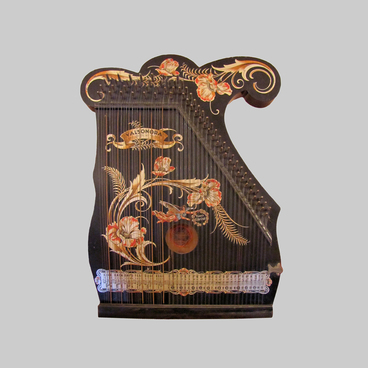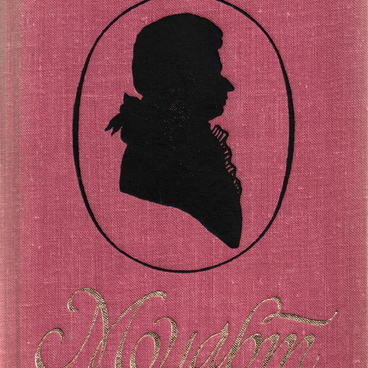A knife is one of the oldest human tools used in everyday life or during sacred rituals. However, it was the cutter knife that appeared relatively recently in the history of human culture. Until the 18th-19th centuries, people used military blades and hunting daggers to cut paper. During that period, the amount of ‘waste paper’ that men and women faced almost every day increased several times. Correspondence, press and literature required a special tool.
Until the moment when a hydraulic press capable of cutting many dense pages at the same time was invented and put into operation, people performed these monotonous actions manually. And in printing houses the sheets of newspapers were simply folded several times and stapled together. Books remained quite expensive acquisitions, so buyers were afraid to spoil the volumes with carelessness. At the same time, they could not be opened, leafed through or read without a sharp object.
This is how special paper knives appeared. Craftsmen made such accessories from metals, bones and wood. Some of the samples that have survived to this day were works of art, since they were created from gold or silver and decorated with teeth of exotic animals or precious stones.
The Chicherin family chose a small dark wood knife for their work. On the handle of the stationery ‘weapon’ you can see a three-dimensional pattern that resembles oak leaves and acorns.
It should be said that all family members were fond of reading and led an active social life. For example, archives preserved the correspondence of Georgy Chicherin with his brother Nikolay and sister Sophia when he was in exile from 1904 to 1917. From those messages, which connected the fatherland and abroad, relatives learned about the situation in Tambov and the state of revolutionaries in Europe, about the current affairs of friends and hopes for future changes.
The artifact got into the collection of the house-museum thanks to Georgy Nikolaev, the grand-nephew of Georgy Chicherin.
Until the moment when a hydraulic press capable of cutting many dense pages at the same time was invented and put into operation, people performed these monotonous actions manually. And in printing houses the sheets of newspapers were simply folded several times and stapled together. Books remained quite expensive acquisitions, so buyers were afraid to spoil the volumes with carelessness. At the same time, they could not be opened, leafed through or read without a sharp object.
This is how special paper knives appeared. Craftsmen made such accessories from metals, bones and wood. Some of the samples that have survived to this day were works of art, since they were created from gold or silver and decorated with teeth of exotic animals or precious stones.
The Chicherin family chose a small dark wood knife for their work. On the handle of the stationery ‘weapon’ you can see a three-dimensional pattern that resembles oak leaves and acorns.
It should be said that all family members were fond of reading and led an active social life. For example, archives preserved the correspondence of Georgy Chicherin with his brother Nikolay and sister Sophia when he was in exile from 1904 to 1917. From those messages, which connected the fatherland and abroad, relatives learned about the situation in Tambov and the state of revolutionaries in Europe, about the current affairs of friends and hopes for future changes.
The artifact got into the collection of the house-museum thanks to Georgy Nikolaev, the grand-nephew of Georgy Chicherin.



